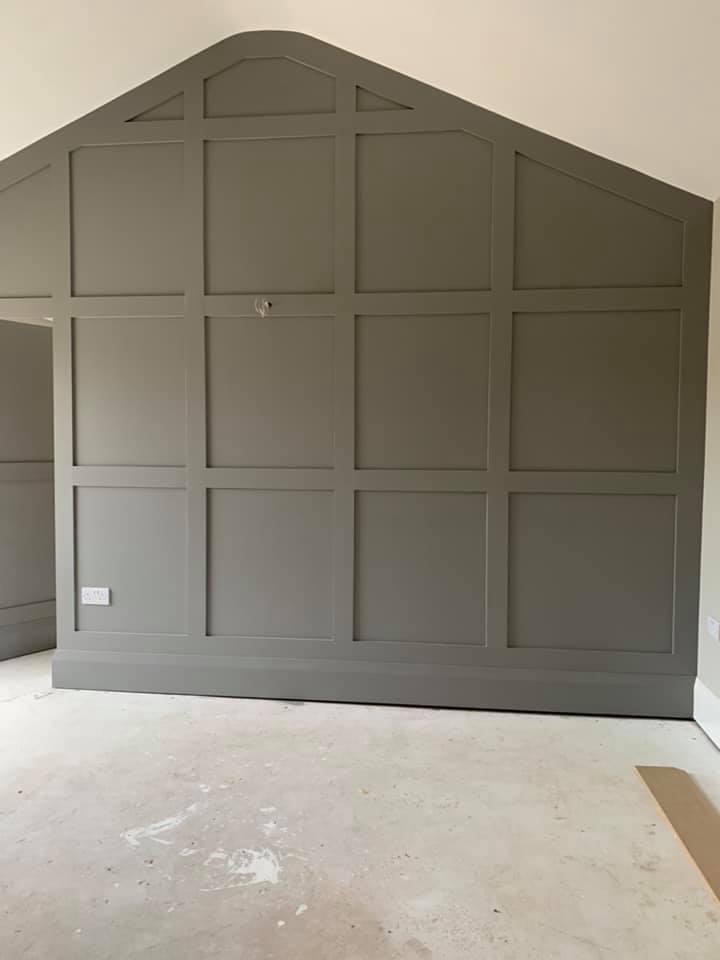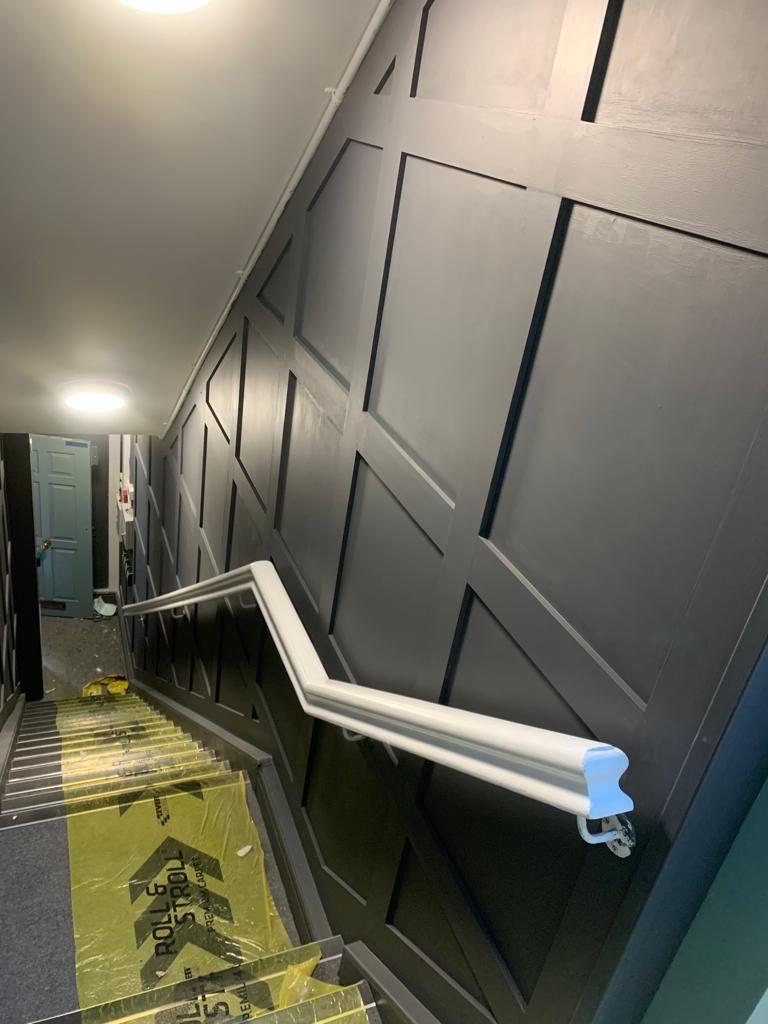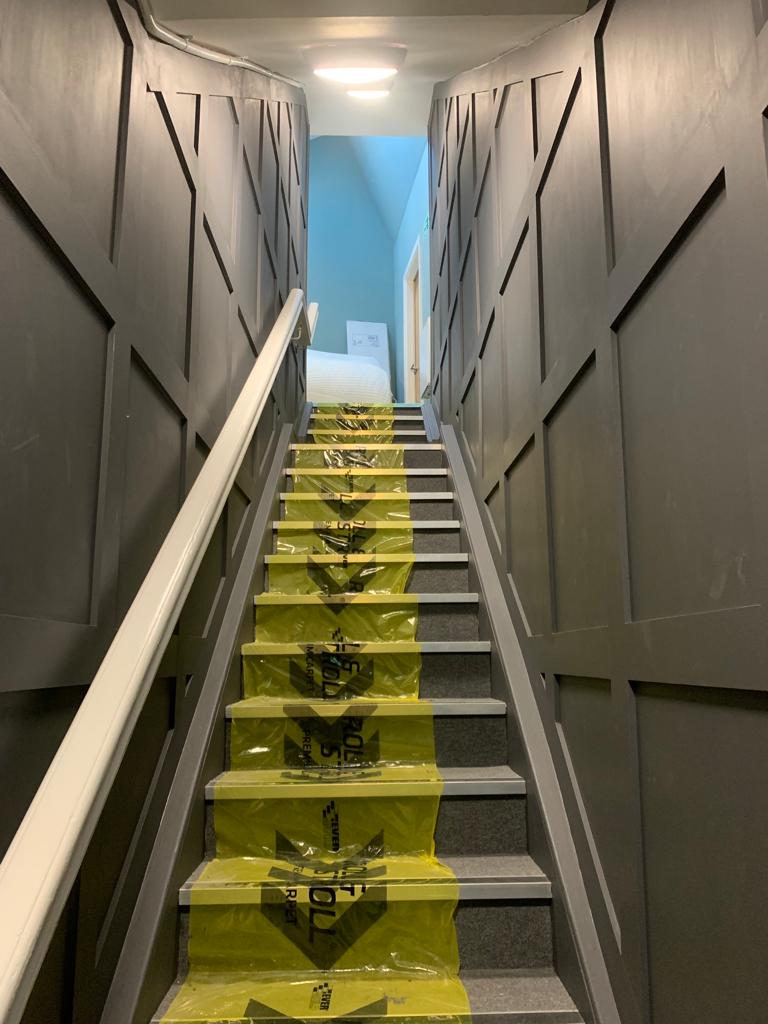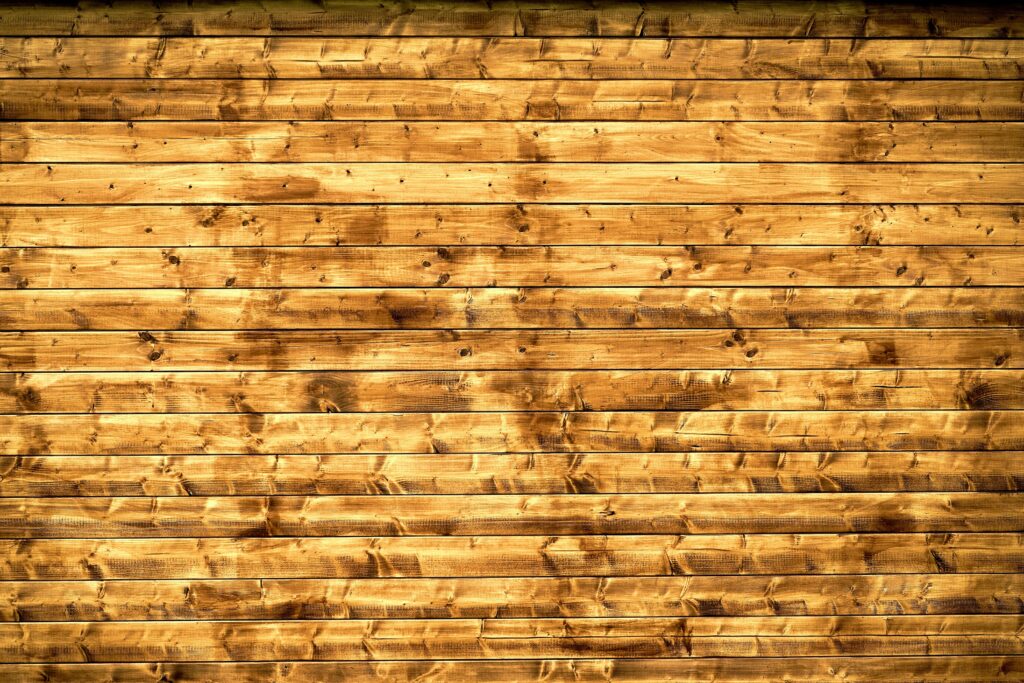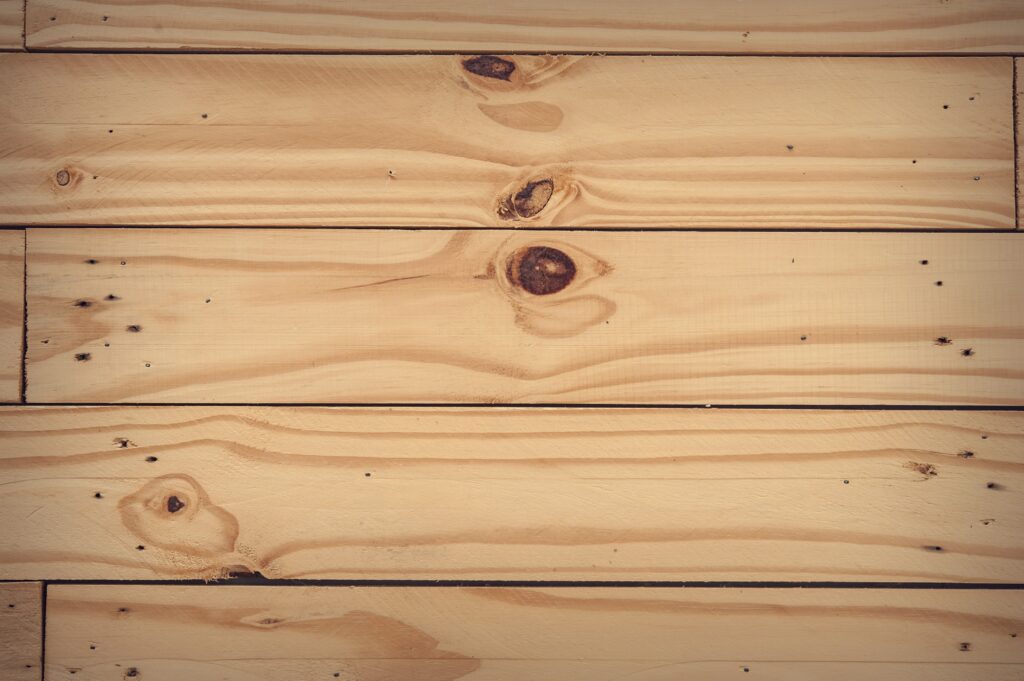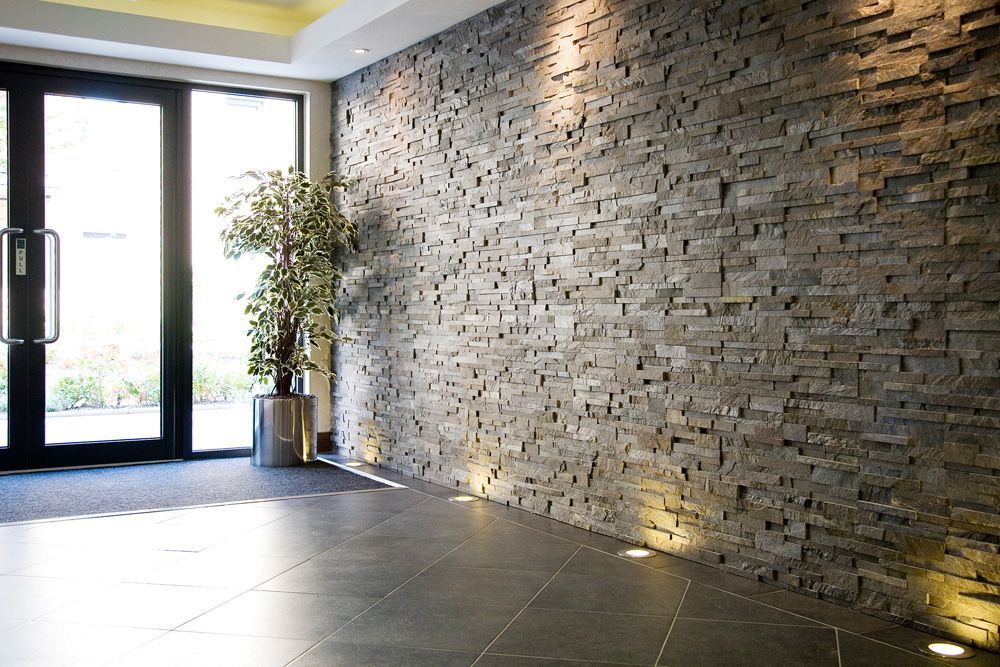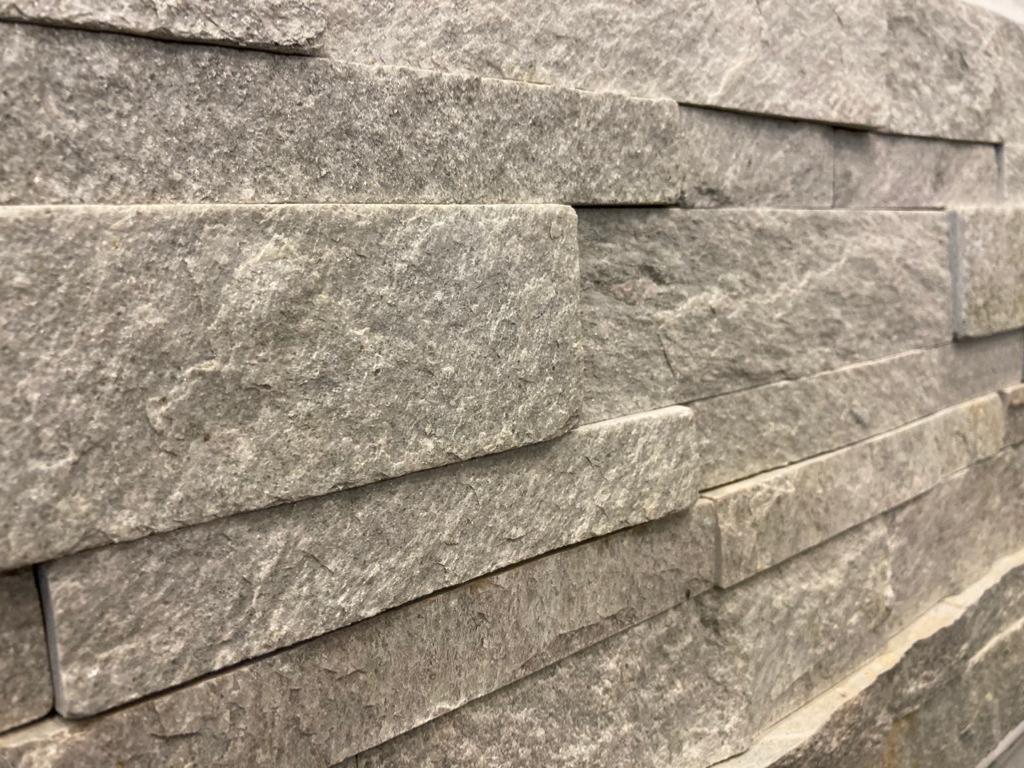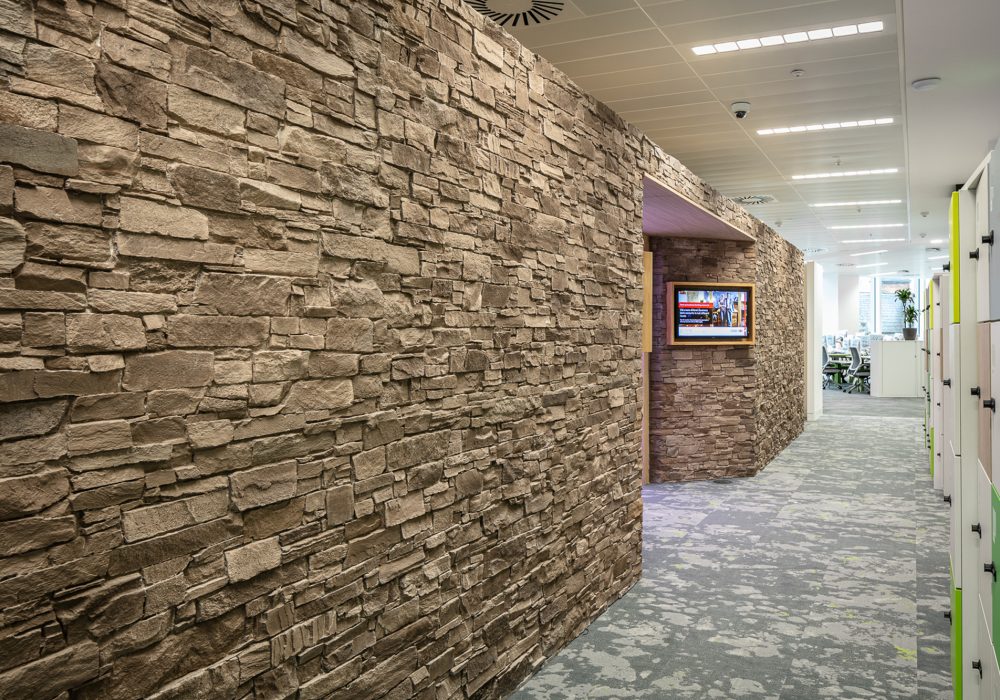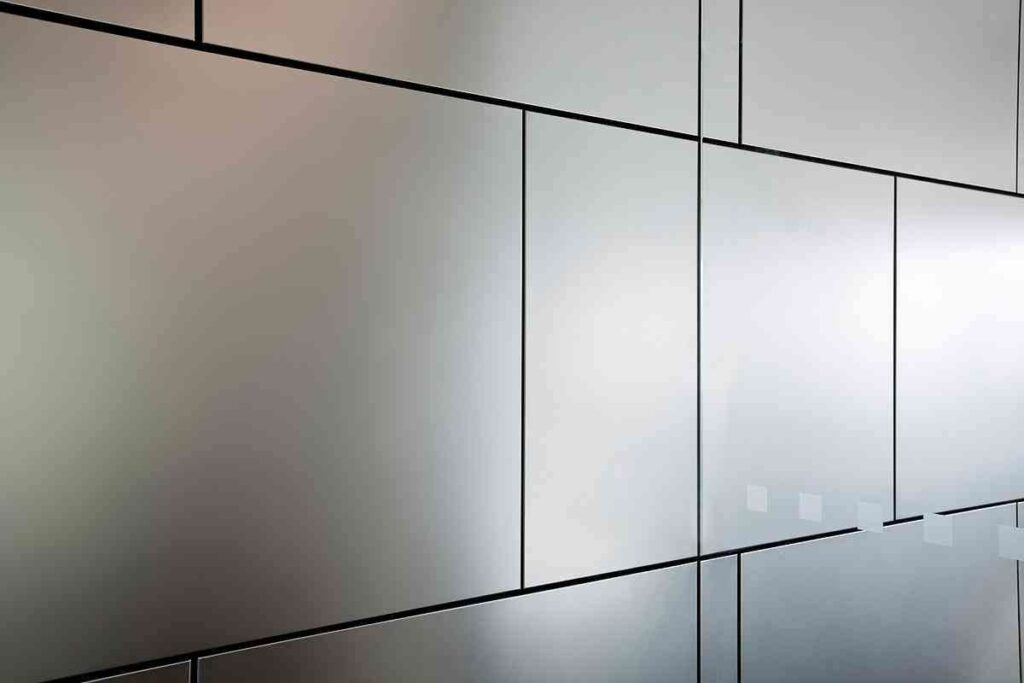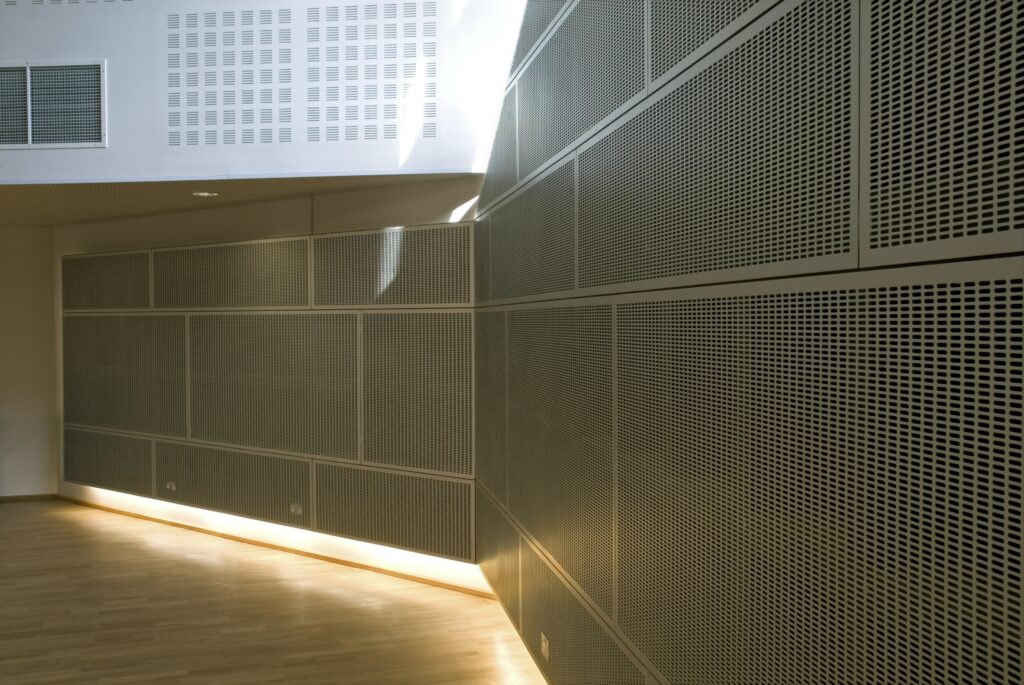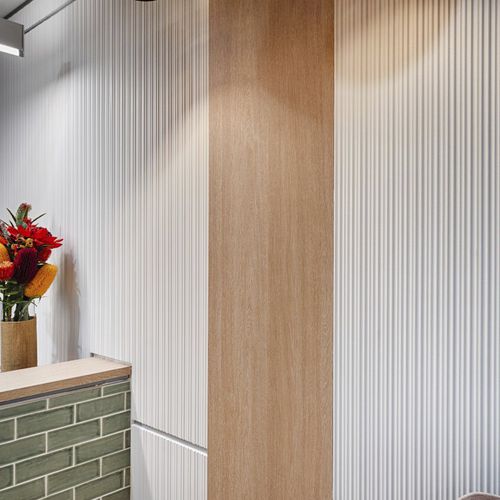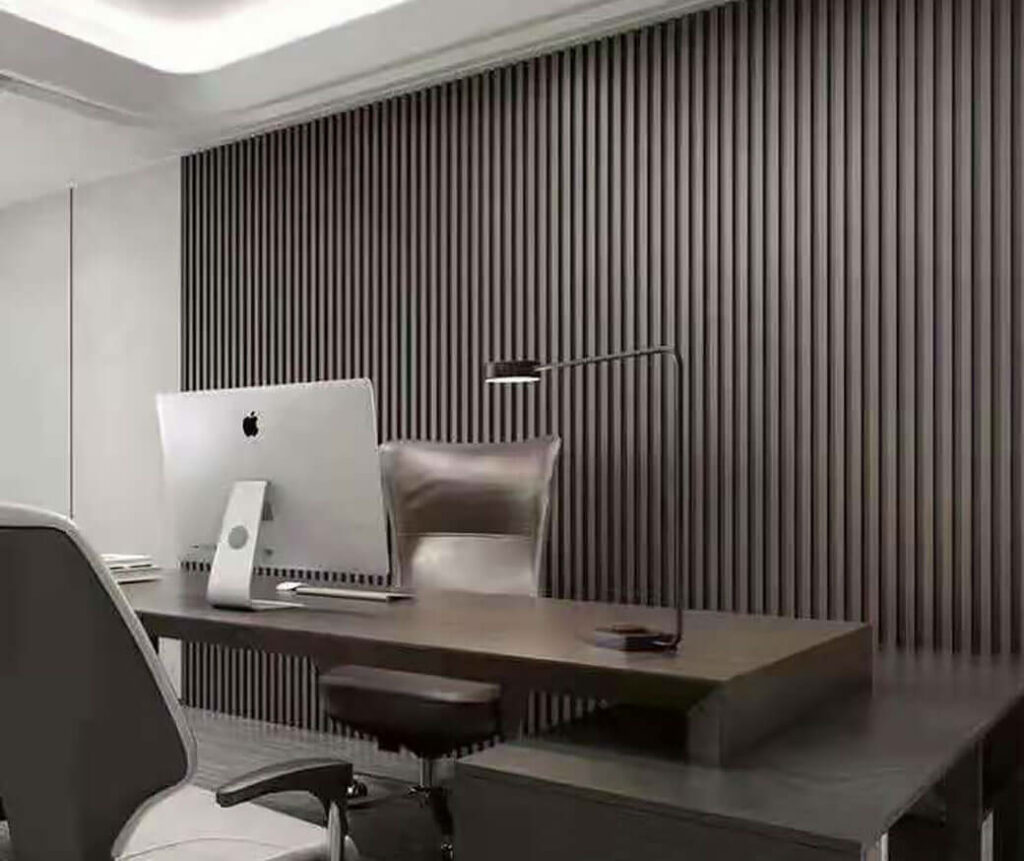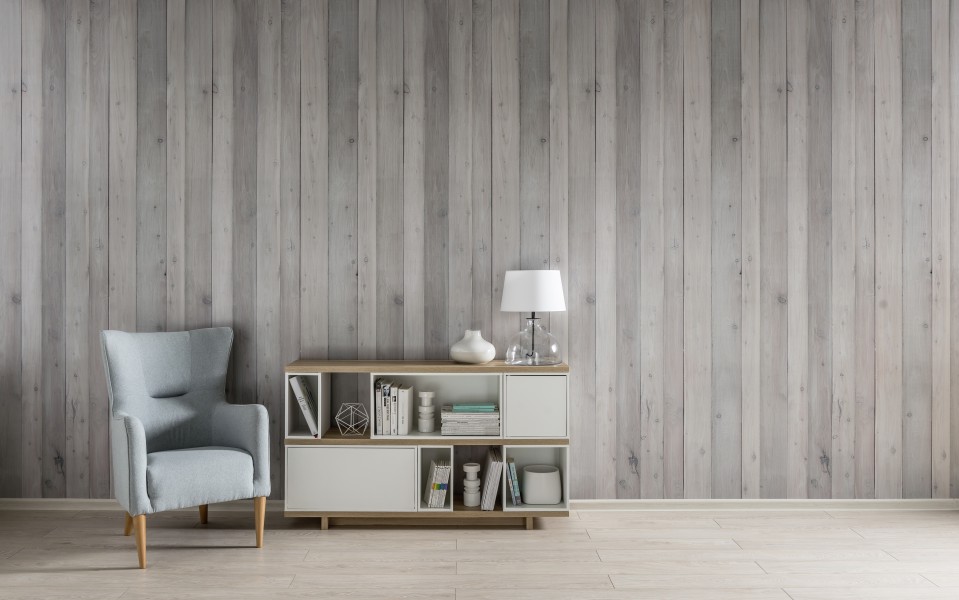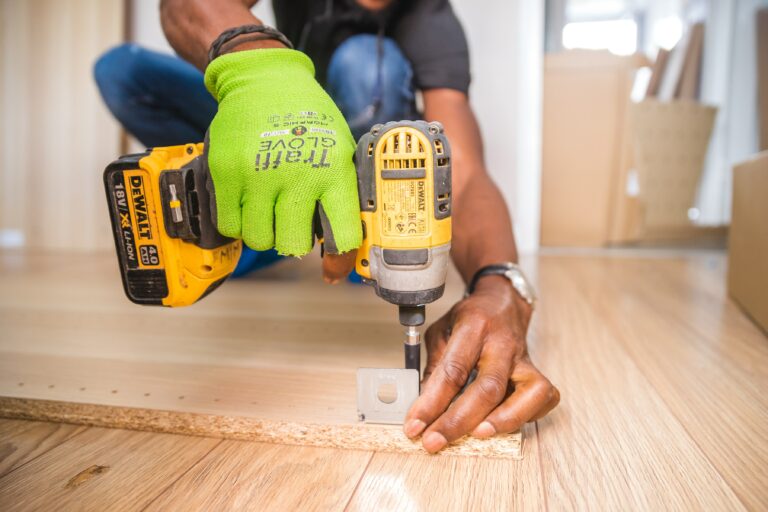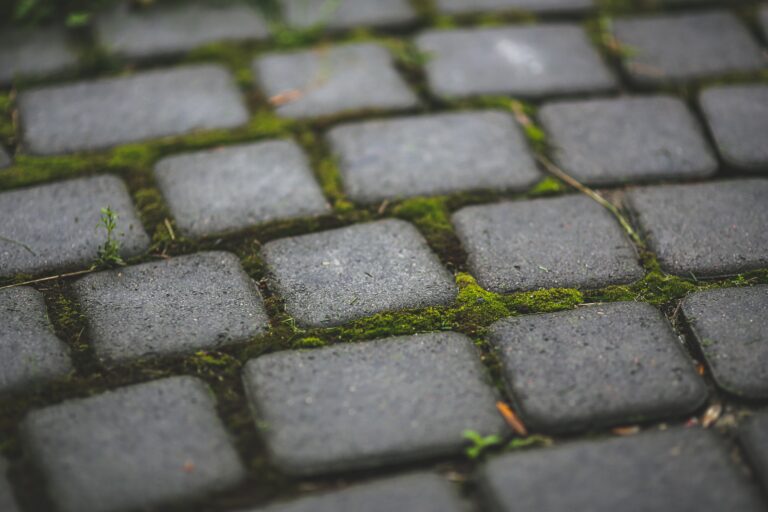Wall Panelling Trends For 2024
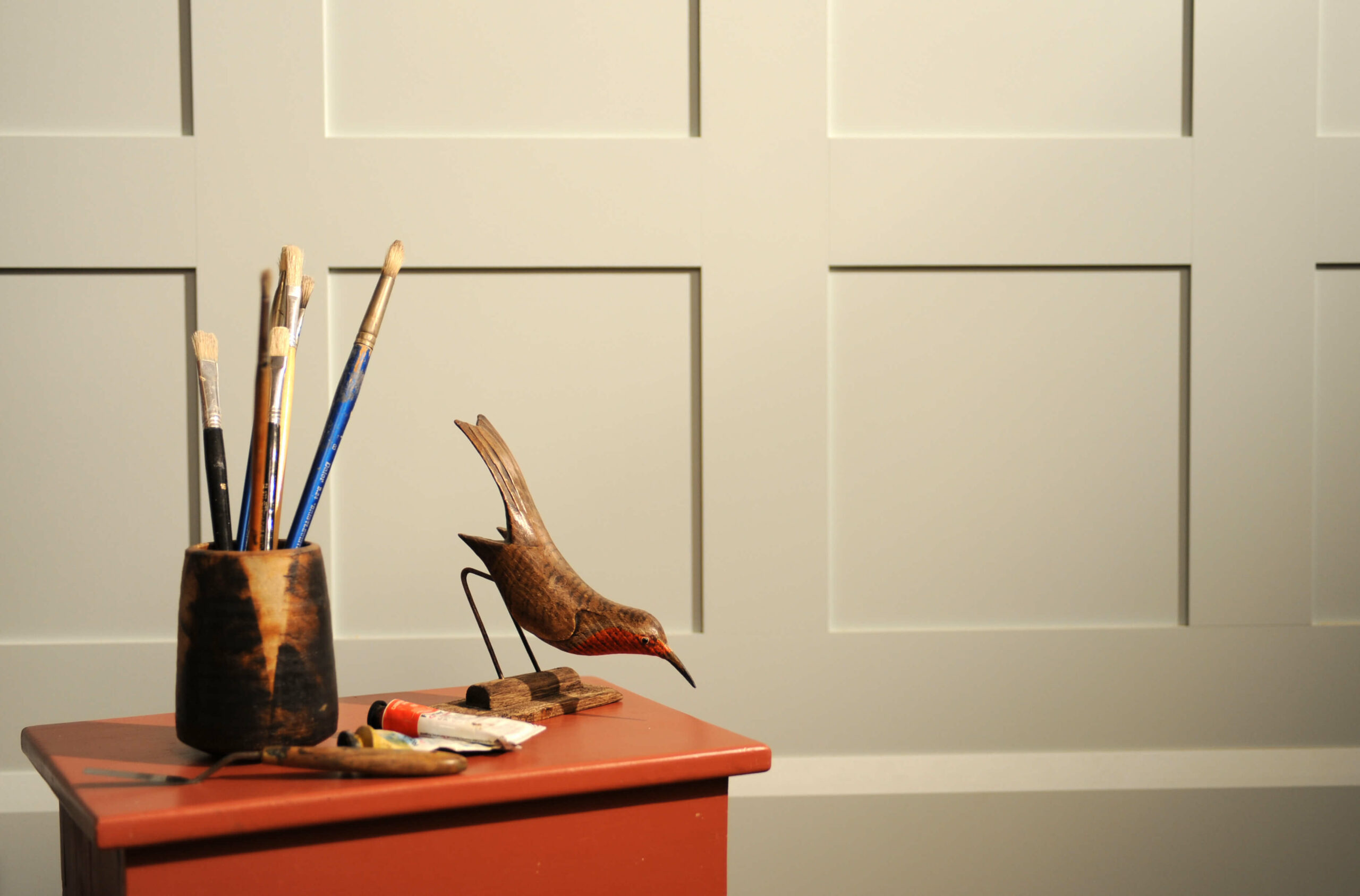
Introduction To Wall Panelling
Wall panelling has become a popular trend in both residential and commercial spaces. It can be used to create a feature wall that adds class and character to any room. Wall panelling is the process of covering walls with panels made from materials such as wood, stone, metal, or composite materials.
It is an easy way to add texture and dimension to any room without major renovations or construction. Wall panelling can also help reduce sound transmission in a room and provide insulation from temperature fluctuations.
With so many different styles available, you’re sure to find the perfect wall panelling for your home or business that will add class and character for years to come!
Different Style Wall Panels
From MDF and natural wood panels to plastic, stone and metal options – there are so many possibilities for creating an eye-catching feature wall in your home. Let’s take a look at some of the different styles and trends.
Style 1 – MDF Panels
MDF wall panelling is an affordable and stylish way to create a feature wall in any room. With its wide range of options, you can choose the right thickness, height, length, and finish to suit your needs.
It is also highly durable and can last for many years with minimal maintenance. MDF wall panelling is a cost-effective way to add style to any room without breaking the bank.
With its versatility and affordability, it’s no wonder why MDF wall panelling has become so popular in recent years. Image credit ROC Joinery.
Style 2 – Natural Timber Panels
Natural wood wall panelling is a timeless and stylish way to add character to any space. Whether you’re looking to create a rustic feature wall or something more modern, there are plenty of options available when it comes to creating an eye-catching, raw-finished feature wall with style.
From tongue and groove panels, shiplap boards, and patterned designs, natural wood wall panelling provides the perfect backdrop for any interior design project. With its natural warmth and texture, it can bring a touch of luxury to any room in your home.
Explore the possibilities today and find the perfect solution for your next interior design project.
Style 3 – Stone Panels
Natural stone wall panelling can add a touch of class and sophistication to any feature wall in your home. Whether you are looking for a modern, rustic, or traditional look, natural stone can provide you with the perfect material to create an impressive feature wall that will be sure to draw attention.
Natural stone wall panelling is easy to install and maintain, making it a great choice for any home décor project. With its unique texture and colour options, natural stone provides endless possibilities for creating stunning feature walls that will bring a touch of class outdoors, indoors.
Style 4 – Metal Panels
Metal wall panelling is becoming increasingly popular in comparison to wood alternatives due to its modern and sleek look. With the right finish, metal panels can be used to create a variety of unique designs and styles.
Aluminium and steel are some of the most popular materials used for metal wall panelling. They can be finished in a variety of ways, such as brushed, reflective, dull or raw finish. Each finish has its own unique look that will add character and style to any space.
Plus, these metals are much more durable than wood, making them an ideal choice for areas that experience high traffic or moisture exposure. Metal wall panelling is quickly becoming the trendiest option for homeowners who want to make a statement with their interior design.
Whether you prefer a classic look or something more contemporary, metal panels can help you achieve your desired aesthetic. But be prepared to pay a lot more for this finish as materials are quite expensive.
Style 5 – Composite Panels
Composite feature walls are a great alternative to wood and MDF when it comes to interior design that isn’t just for the outdoors. They are easy to install, require little to no sanding or excessive cutting, and can be transformed into any shape or size, vertically or horizontally.
Plus, they come in a variety of colours and textures, allowing you to create a unique look for your home. Composite feature walls are also incredibly durable and can withstand wear and tear without needing to be replaced.
Additional benefits are they don’t require any adhesive or chaulking either. Instead, you only need a few measurements and the composite panels will fit together seamlessly with no noticeable joints and minor fixings to the wall surface to hold them in place.
So if you’re looking for an easy way to transform your home’s interior design without having to worry about too much sanding or cutting then composite feature walls could be the perfect solution for you.
DIY Wall Panelling
For the purpose of this guide, we’ll be using MDF as an example as it’s the most popular choice. Other materials might involve a slightly different method, so if you are unsure, consult specialist services such as an interior designer or a joinery firm such as ROC Joinery.
How to panel a wall yourself with basic tools, patience and a steady hand! Here’s a list of things you’ll need. You may want to do this with a partner or an extra pair of hands.
Tape Measure
Never be without one on a project like this. Measure twice, cut once as the saying goes! If you’re purchasing a pre-made kit then you won’t need to measure as much other than making sure it fits.
Spirit Level
A good 4ft spirit level will help you clarify whether each panel is square and straight during installation. It will also help you determine whether your walls are flat vertically or horizontally.
MDF
You will need to measure the area you are covering and allow for excess and damages (similar to paving a patio for example). You can purchase specially made panel packs from the likes of Homebase, B&Q and Wickes to reduce the amount of cutting required. Amazon also has a great range of options Here.
Cutting
Ideally, you need a mitre or circular saw to make nice, clean cuts. If you need to hire one you can do so from the likes of HSS Hire.
You want to make sure you measure correctly and cut as cleanly as possible to avoid any large gaps and poorly fitting edges to minimise using lots of filler and caulk.
Glue & Fixings
Firstly, it’s important to understand when DIY wall panelling that glue such as special adhesive when directly applied to interior walls will ruin the surface underneath if you plan to remove them at any point.
If you have no intentions of ever removing them, then glue away! Some choose to use small nails and tack them into place instead or combined the two methods together.
Filler
You might have some gaps to fill in some cases depending on how neat you are and whether you use nails or not. An all-purpose wood filler or decorating caulk will smooth over any imperfections.
Primer
Some packs come primed and ready to be painted. If you are starting from raw materials then you will need to use a coat of water-based primer before painting as MDF is quite porous.
Paint
More than likely you will have a colour theme in mind so choosing your paint is often the easier part of the project. Using good quality water-based paint is recommended.
Painting
Firstly, use a dust sheet and cover any objects and furniture that might get splashed. You want to use a combination of paint rollers and fine bristle brushes for a professional finish with minimal brush strokes when dry.
You will need to apply at least two coats and possibly a third depending on your personal preference and the finish achieved on the first two. You will need to let the paint set for a good 24 hours, generally. Just read the instructions on your chosen paint product.
Viola! Sit back and admire your new panelled wall.
Conclusion
Adding a wall panel feature to your home or business can add a level of sophistication and class on a budget. Due to the rise in demand for wall panels, many companies are now making kits for DIY wall panelling so you only have to worry about the fitment.
If you are thinking about wall panelling but aren’t sure where to start or what style you would like to go with then use some of the ideas in this article to help you choose.
Don’t forget, have a plan, measure (lots) and purchase your materials before you start.

